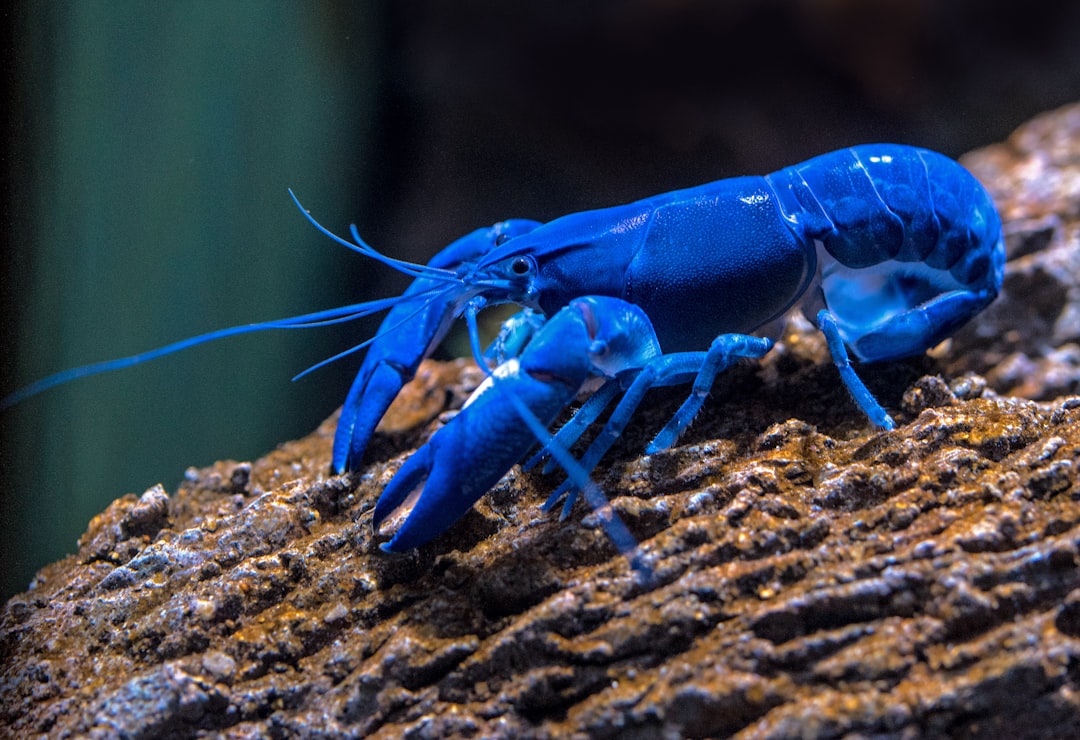What is it about?
Biting enables animals to process food, to defend themselves and to carry and manipulate objects, among many other functions. With a proper device, bite force can be directly measured. The main predictor of bite force is body size, i.e. the bigger the animal, the higher the bite force, but which other factors impact bite force? In this study we investigated bite force across the family of subterranean African mole-rats and identified traits and ecological characteristics that determine their bite force.
Featured Image

Photo by ahmad kanbar on Unsplash
Why is it important?
To date, authors have related in vivo bite force mainly to the type of food/prey an animal consumes. Our study is one of the first including other factors. We showed that in African mole-rats, bite force is shaped to a great extent by the workability of the soil, i.e. how easily it can be broken into smaller pieces. Digging is an essential activity for African mole-rats, since they feed on various bulbs, tubers and roots, for which they search and dig underground. Therefore, two digging strategies have evolved in these strictly subterranean rodents: whereas most of them use their incisors as a chisel to break up the soil, others use their forearms with long claws. The findings of our study suggest that the high bite force in African mole-rats has likely evolved as an adaptation to chisel-tooth digging in hardly workable soils.
Read the Original
This page is a summary of: Bite force in the strictly subterranean rodent family of African mole‐rats (Bathyergidae): the role of digging mode, social organisation, and ecology, Functional Ecology, July 2022, Wiley,
DOI: 10.1111/1365-2435.14132.
You can read the full text:
Contributors
The following have contributed to this page










